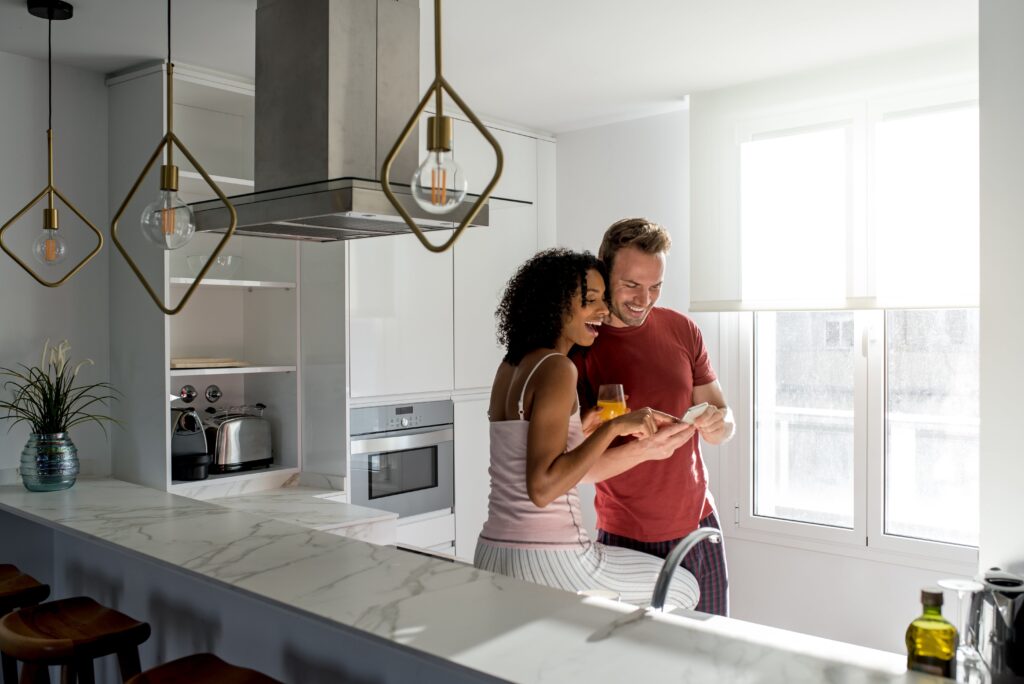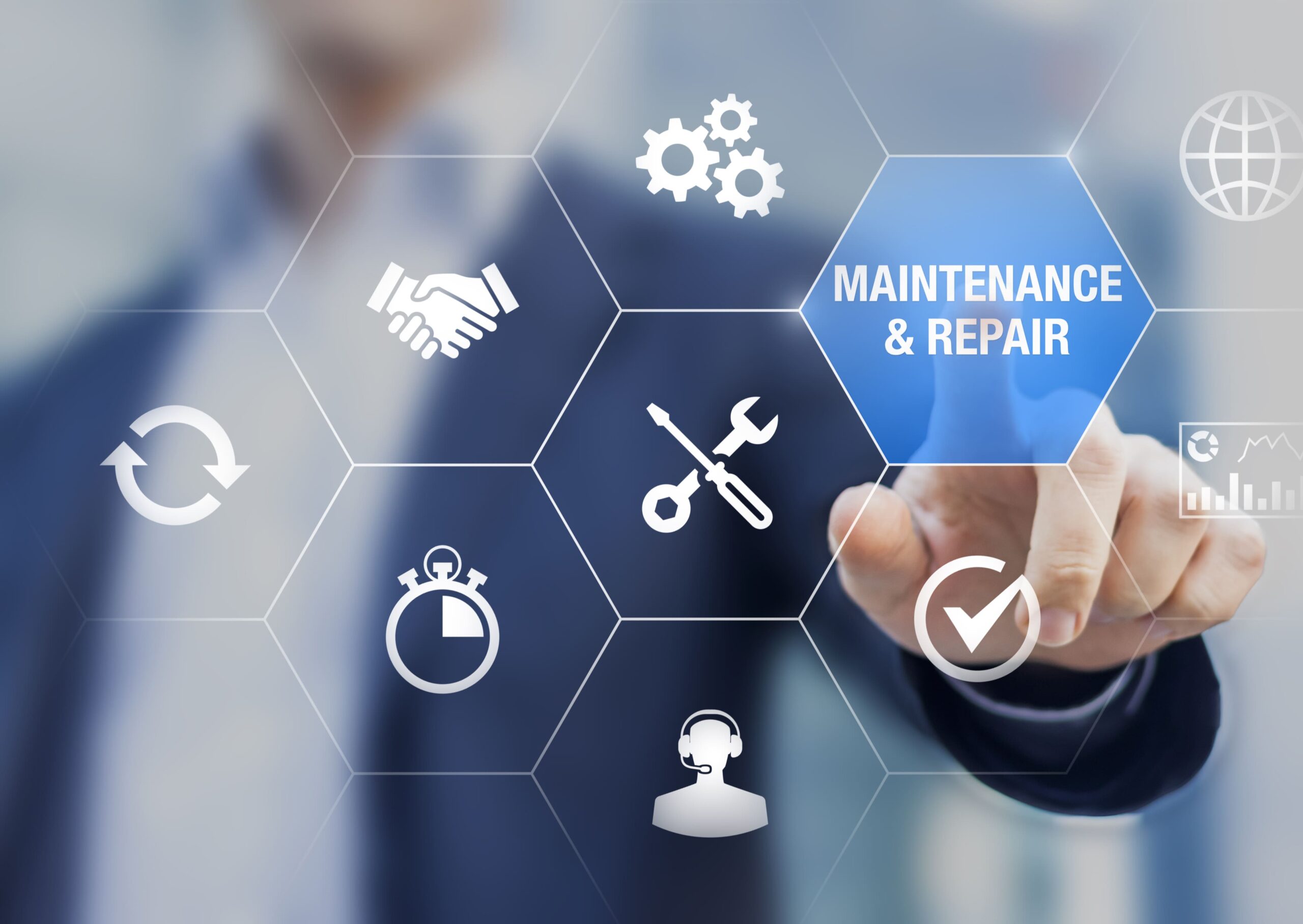Building maintenance is a task that often falls to the building manager or sometimes the body corporate. Issues with building maintenance – usually the cost or quality of work – can sometimes be points of contention in shared buildings. Finding ways in which the quality of building maintenance can be improved and costs reduced is an important way for building managers to smooth relations with community members.
Building maintenance falls into two main categories – preventative work and reactive maintenance. Preventative building maintenance, sometimes called planned maintenance, is proactive and aimed at prolonging the life of facilities and the building – clearing gutters, weeding paths and regularly painting exteriors all fall into this category.
Reactive maintenance sometimes referred to as defect management, is carried out in response to a breakdown or malfunction of an asset or area.
Both types of building maintenance are important for ensuring a safe and comfortable environment for residents.

Improving planned maintenance
One of the keys to ensuring planned building maintenance is effective is scheduling. Periodically checking and servicing or otherwise taking care of assets and facilities reduces the costs of maintenance overall. It often costs more to fix a problem than it does to prevent it from occurring in the first place.
Software can be used to enable building and strata managers to create checklists of facilities that require periodic care will ensure things aren’t forgotten and left to deteriorate or break unexpectedly. When coupled with a robust scheduling system, notifications can be automatically pushed to approved contractors. This further streamlines processes so jobs aren’t missed or left waiting.
The result of streamlining preventative work for building maintenance is a higher quality of care. Checks can be made to the same standard each time, costs are lowered as preventative maintenance opportunities aren’t missed, and time is saved as work requests are made directly throughout the inspection process.

Involving communities in the maintenance of buildings
Regardless of how robust a preventative maintenance plan is, unfortunately, things still break and stop working. The people most likely to notice when things break are those using the building each and every day.
Smoothing the process of reporting is the first step in getting problems seen before they become major issues. A robust building and community management system allows residents and other stakeholders to quickly snap images of problems and raise maintenance requests directly with building managers in just a few clicks. Tracking the resolution of issues is equally as simple.
By providing such easy access to defect reporting for community members, people feel empowered and more in control of their environment. The result is a more engaged community, a faster turnaround of building maintenance issues, and less opportunity for friction between building managers and the residents they take care of.
Improving building maintenance with digital systems that can lodge, track and sign-off on maintenance tasks, is fast becoming adopted by many building and strata managers. It is a tried and true way of ensuring jobs are actioned and followed up in a timely manner, while costs are kept to a minimum without having to accept a drop in the quality of work. The additional benefits of greater community engagement and happier residents make such technologies even more worthwhile.
